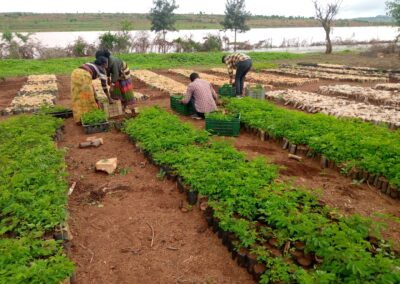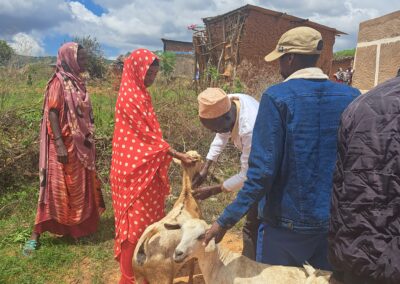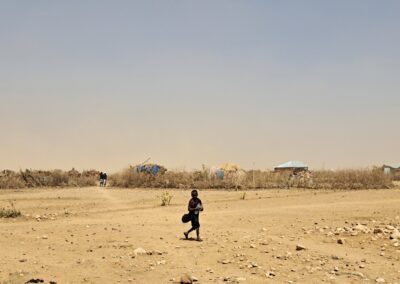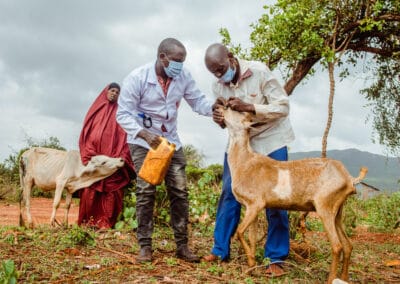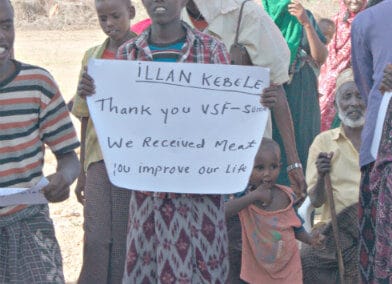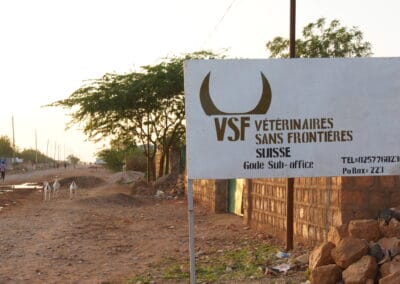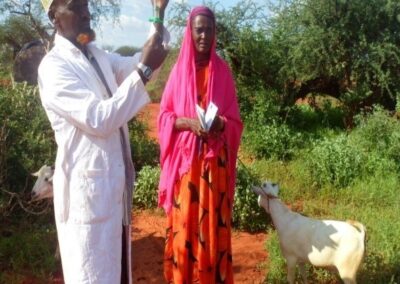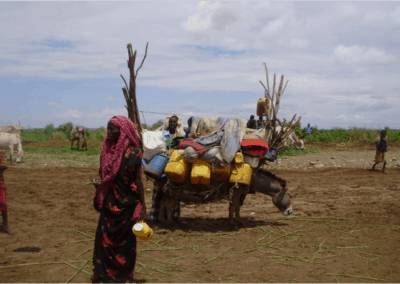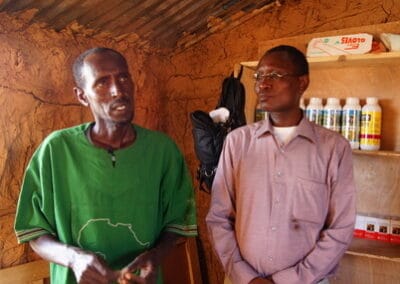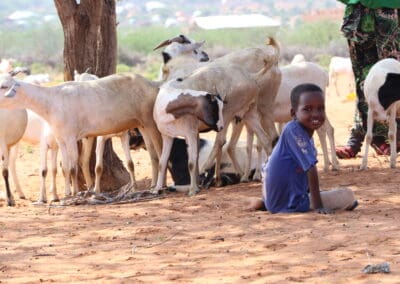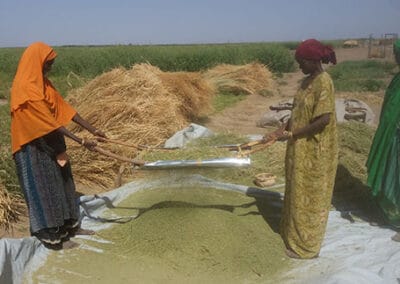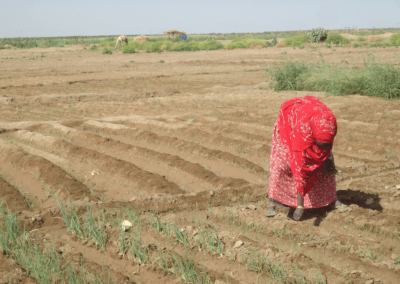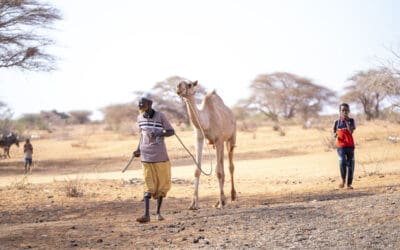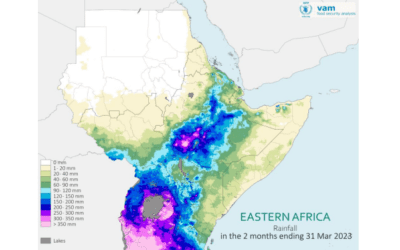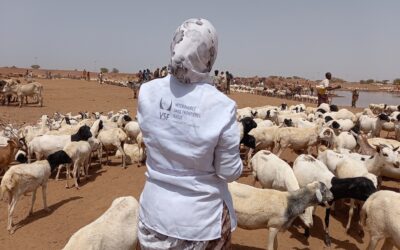Ethiopia
Background
Ethiopia is a country of 1,104,300 square kilometers with 112 million inhabitants. 24 % of the population live below the poverty threshold, despite several years of steady economic growth. 7.2 % of children under the age of 5 are suffering from malnutrition. The gross domestic product per capita is 855 US$.
The country in the Horn of Africa is seriously affected by climate change. 80% of the inhabitants rely on agriculture and livestock for their livelihoods. Farmers and pasoralists are increasingly affected by droughts, crop losses and food insecurity.
Our projects predominantly take place in the Somali Region. Here, extreme weather patterns contribute to rangeland degradation. Healthy rangelands, however, are crucial during the dry season. In addition, migration of nomads from neighboring regions leads to an increasing population pressure and the deterioration of living conditions.
Under these difficult circumstances, a lack of proper veterinarian care can rapidly lead to the spread of livestock diseases, which have direct consequences on the pastoralists who are dependent on healthy animals.
The activity of VSF-Suisse in Ethiopia consists, among other things, in providing livestock to the populations in need and strengthening animal healthcare, but also in securing the livelihoods of the most vulnerable people in order to enhance their capacities of resilience.
Key activities
- Establishing “One Health Units” for the delivery of integrated animal, human, and environmental health services
- Saving lives and livelihoods during drought through unconditional cash transfers, livestock feed distribution, and livestock vaccination & treatment campaigns
- Piloting innovative approaches to sustainably enhance livestock productivity such as silvopasture, hydroponic fodder production, and silage making
- Strengthening female-led milk producer cooperatives to increase incomes of refugee and host communities
Ethiopia
Present since: 2010
Number of current projects: 14
Number of staff: 74
Offices: Country Office in Addis Abeba + 5 Field Offices
The Swiss Agency for Development and Cooperation SDC, Federal Department of Foreign Affairs FDFA, supports programmes in this country.
News
Camels against climate change: celebrating the international year of the Camelids
The still young year is to be all about camelids. This was decided by the United Nations. The aim is to raise awareness of how important camelids are for the livelihoods of many people - and will become even more important in the future in view of the rapid...
Horn of Africa: from drought to flooding
Rainfall in parts of the Horn of Africa. © WFP After dry and hot weather conditions in January and February and a corresponding prolongation of the drought in the Horn of Africa, seasonal rains from March to May started on time in equatorial areas of the region and...
Working against drought and hunger in Ethiopia
Pictured: A community animal health worker trained by VSF-Suisse vaccinating goats in Ethiopia. © VSF-Suisse © VSF-Suisse The severe drought and the resulting food crisis continue to threaten human and animal lives in the Horn of Africa (we reported)....

